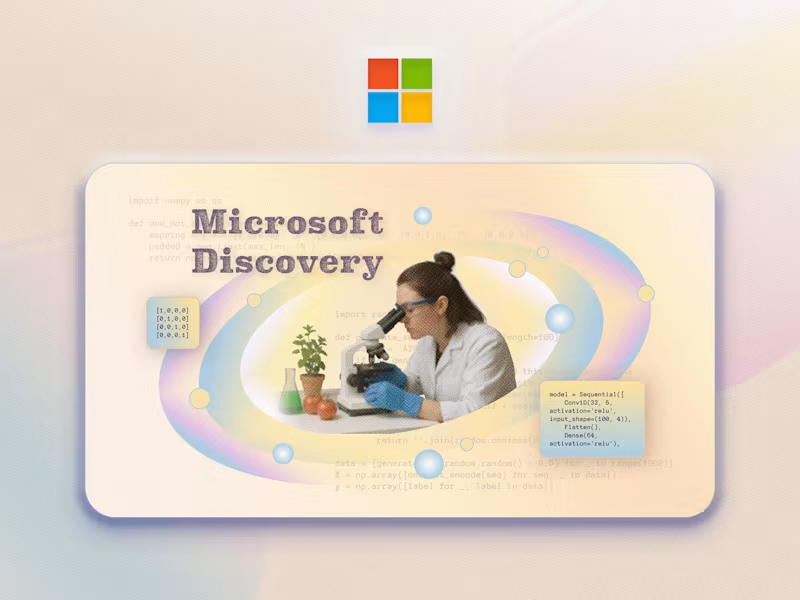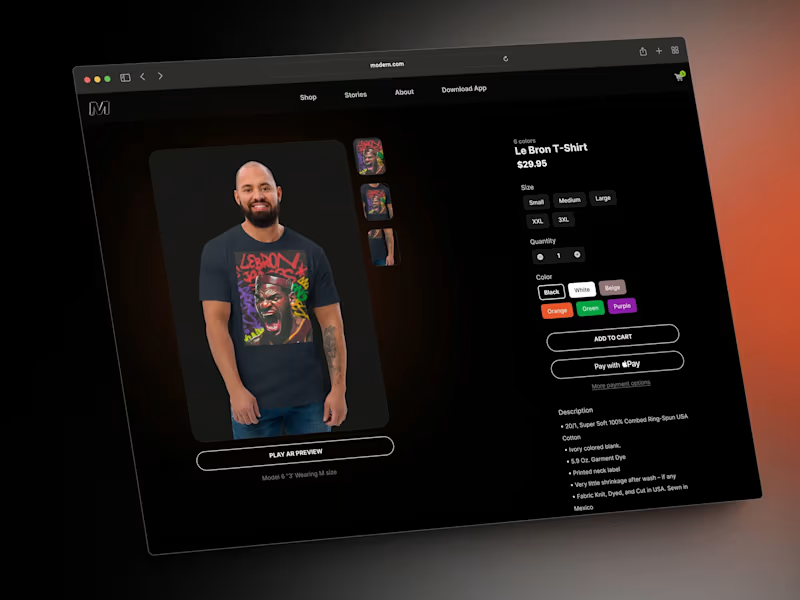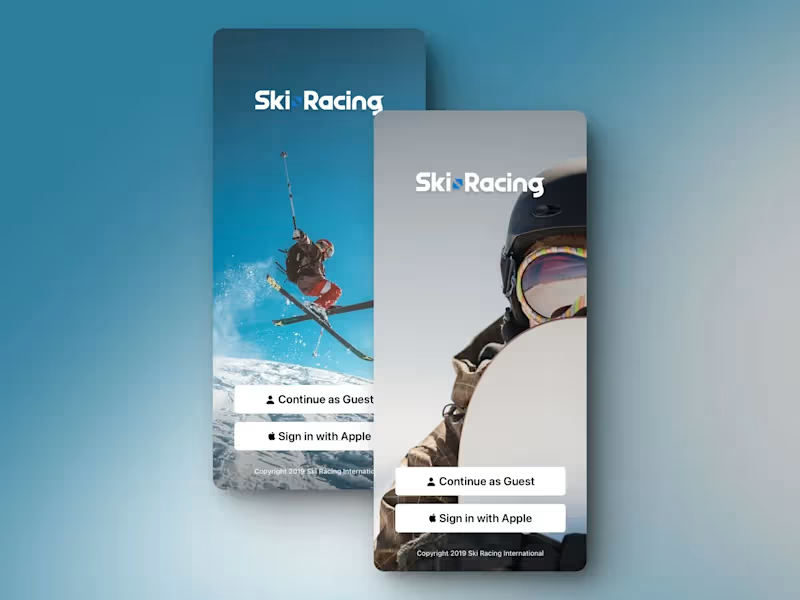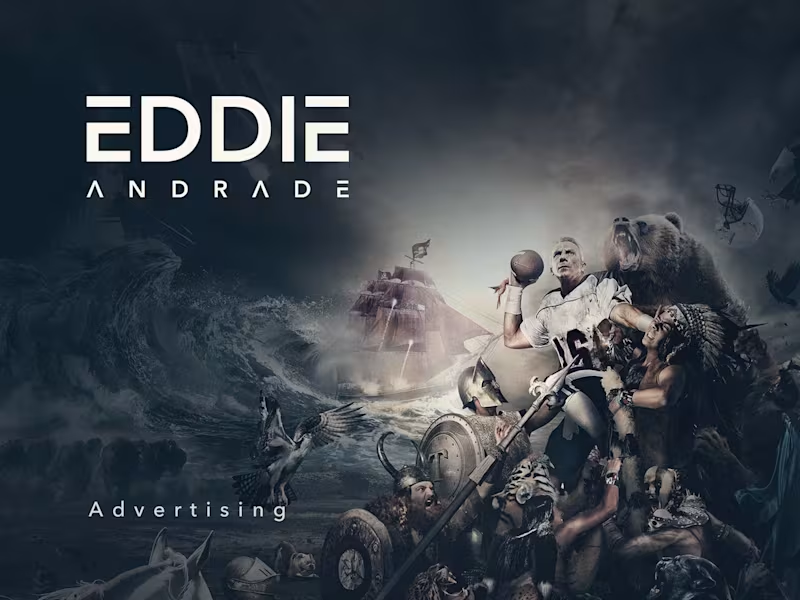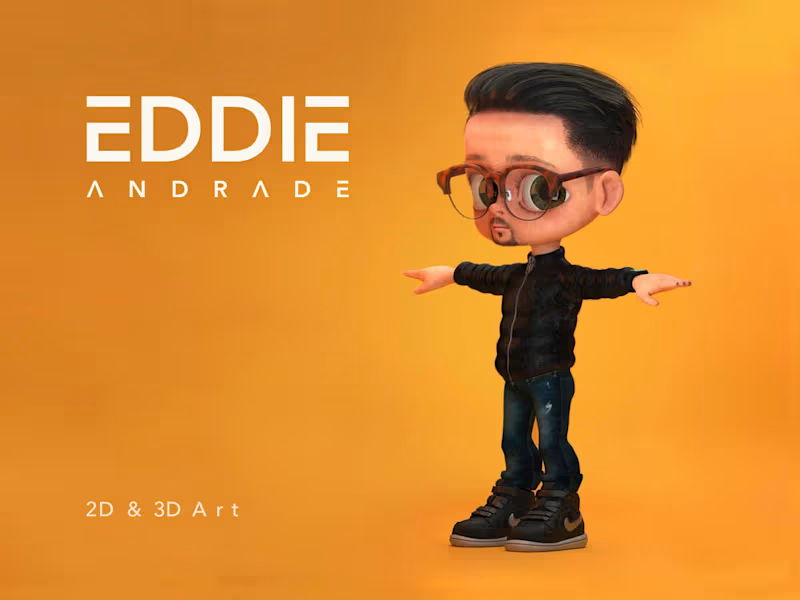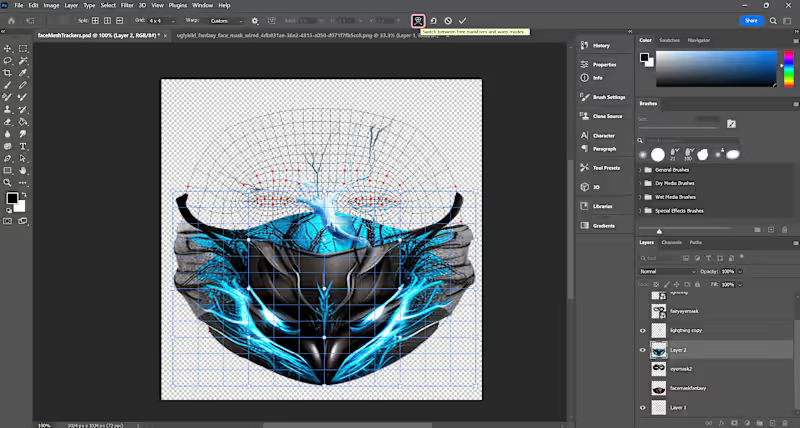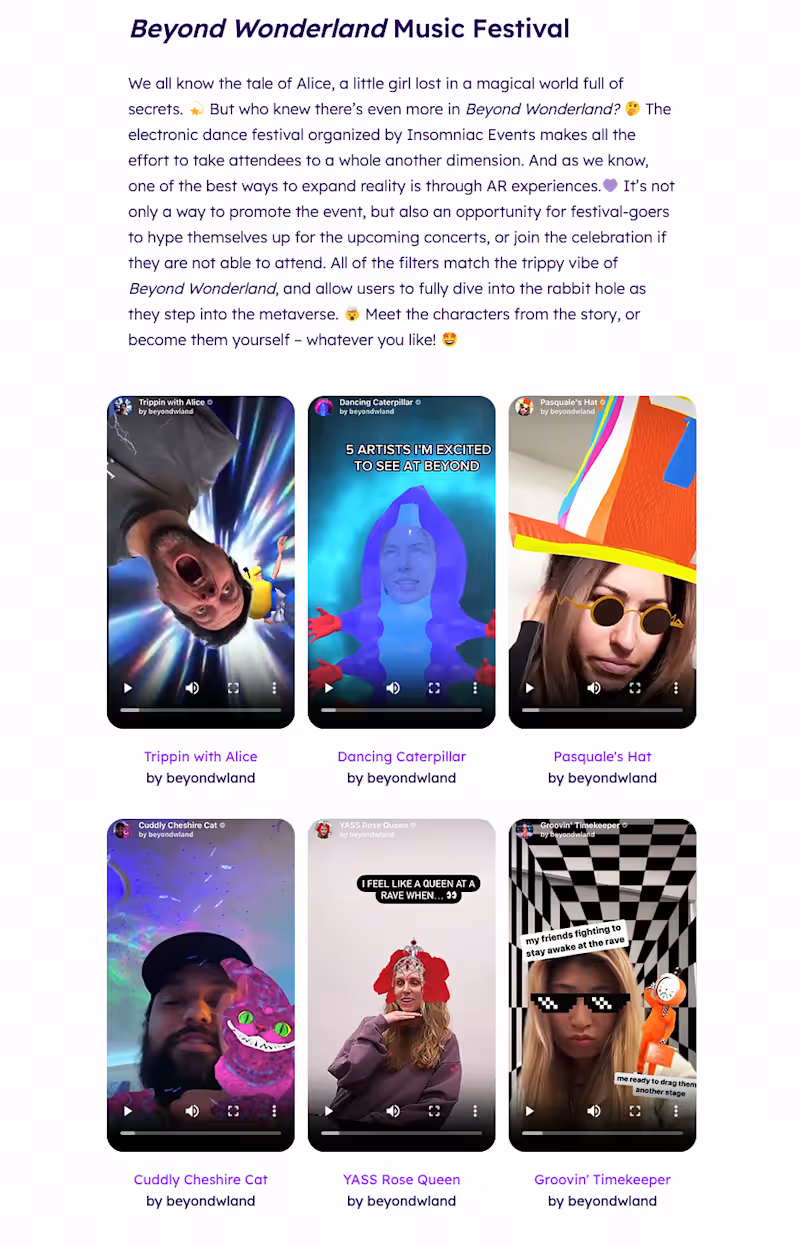How do I describe my AR/VR project needs clearly?
Start with the big idea of what you want to achieve. Describe the main goals and the experience you want users to have. Include any special features or graphics you think are important. Being clear helps the AR/VR developer understand your vision. You can also mention any examples or inspiration to give more context.
How can I determine the right timeline for my AR/VR project?
Consider how complex your AR/VR project is and set a deadline that is realistic. Think about any major milestones or events you want to meet, especially if you are in California and launching at a local event. Discuss with the developer how long each part will take. Be open to adjusting the timeline as needed to ensure quality.
What should I include in a contract with an AR/VR developer?
Make sure the contract includes a clear list of deliverables and deadlines. Specify the scope of work the developer will handle. Also, outline how and when you will communicate. A good contract protects both you and the developer and sets the expectations right from the start.
How do I ensure my AR/VR project aligns with current tech trends?
Stay updated with the latest in AR/VR technology through online resources. In California, tech events and meetups are great ways to learn and network. During discussions with the developer, ask about the technologies they plan to use. This will help ensure your project is innovative and relevant.
What can I do to make my AR/VR project eco-friendly?
Consider using low-energy solutions in your AR/VR project to save resources. If you are in California, you have access to lots of green tech options. Discuss with the developer about sustainable practices in the development process. Making eco-friendly choices can also appeal to environmentally conscious users.
How do I schedule check-ins with the AR/VR developer?
Regular check-ins are important to stay updated on project progress. Decide on check-in days and times right at the start. Weekly or bi-weekly meetings help catch issues early. Use video calls, as face-to-face meetings can clarify ideas better, especially if you are both located in areas like San Francisco.
What is a good way to review AR/VR project milestones?
Set clear milestones at the start of your project. During each review, focus on whether the goals have been met. This helps you see progress and address any changes needed. Share feedback immediately to improve the final result. Make milestone reviews interactive and engaging.
How can I ensure my AR/VR project meets user needs?
Identify who your users are and what they need from the project. Create user stories or personas to better understand their experience. You can also do some user testing in real-world scenarios, even in tech-savvy regions like California. Gathering user feedback helps refine the project for success.
What steps should I take before launching my AR/VR experience?
Make sure everything works well and is tested thoroughly. Check compatibility with devices and platforms your users have. Prepare a launch plan that includes marketing to attract users. In areas like California, consider timing your launch with tech events for greater exposure. Clear communication with your developer will ensure a smooth launch.
How do I protect my AR/VR project idea?
Ensure any sensitive information is covered by an NDA (Non-Disclosure Agreement). This protects your ideas while discussing details with the AR/VR developer. Keep records of your concepts, communications, and documents. California has strong regulations supporting intellectual property rights, adding an extra layer of protection.
Who is Contra for?
Contra is designed for both freelancers (referred to as "independents") and clients. Freelancers can showcase their work, connect with clients, and manage projects commission-free. Clients can discover and hire top freelance talent for their projects.
What is the vision of Contra?
Contra aims to revolutionize the world of work by providing an all-in-one platform that empowers freelancers and clients to connect and collaborate seamlessly, eliminating traditional barriers and commission fees.
- $1k+
- Earned
- 5x
- Hired
- 5.0
- Rating
- 9
- Followers
- $1k+
- Earned
- 1x
- Hired
- 2
- Followers






























